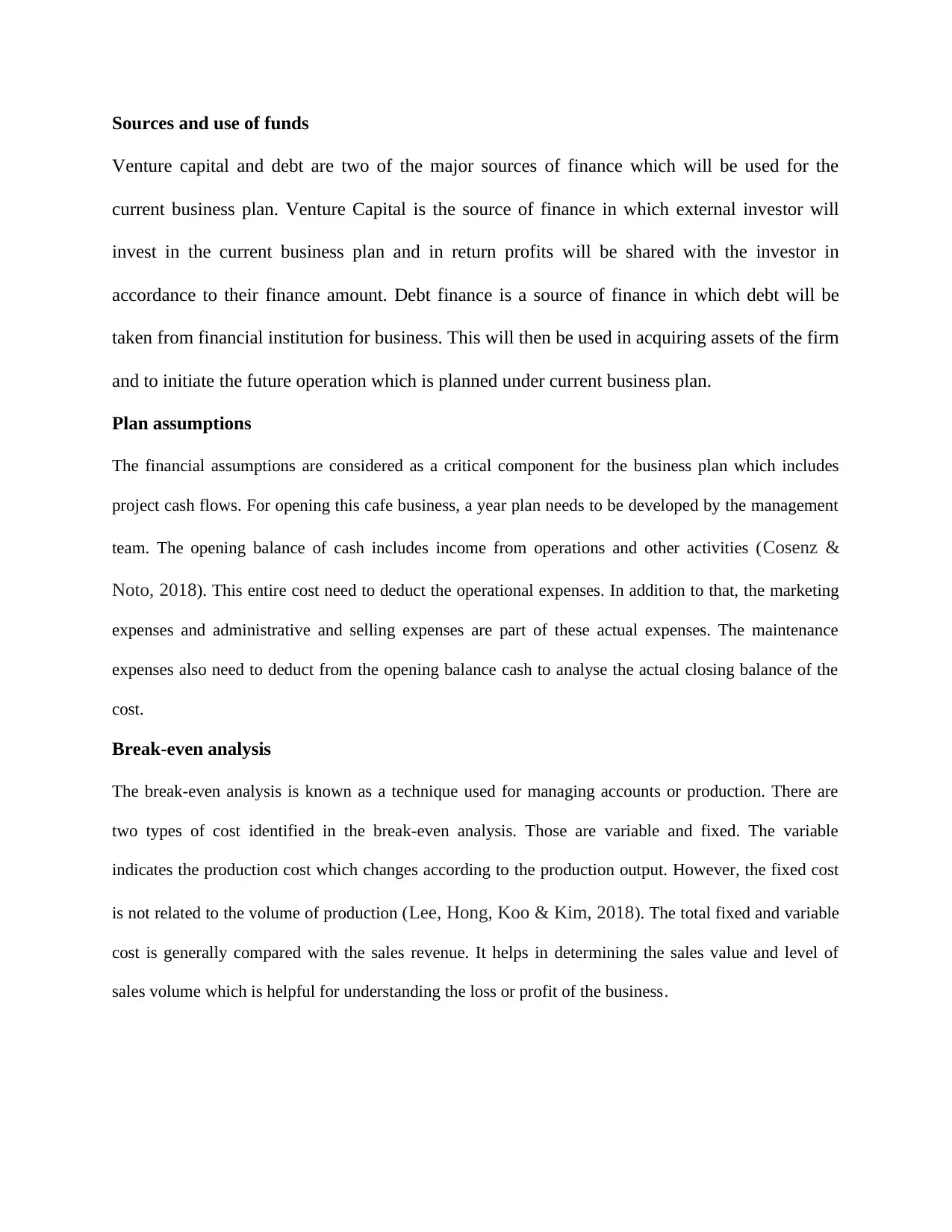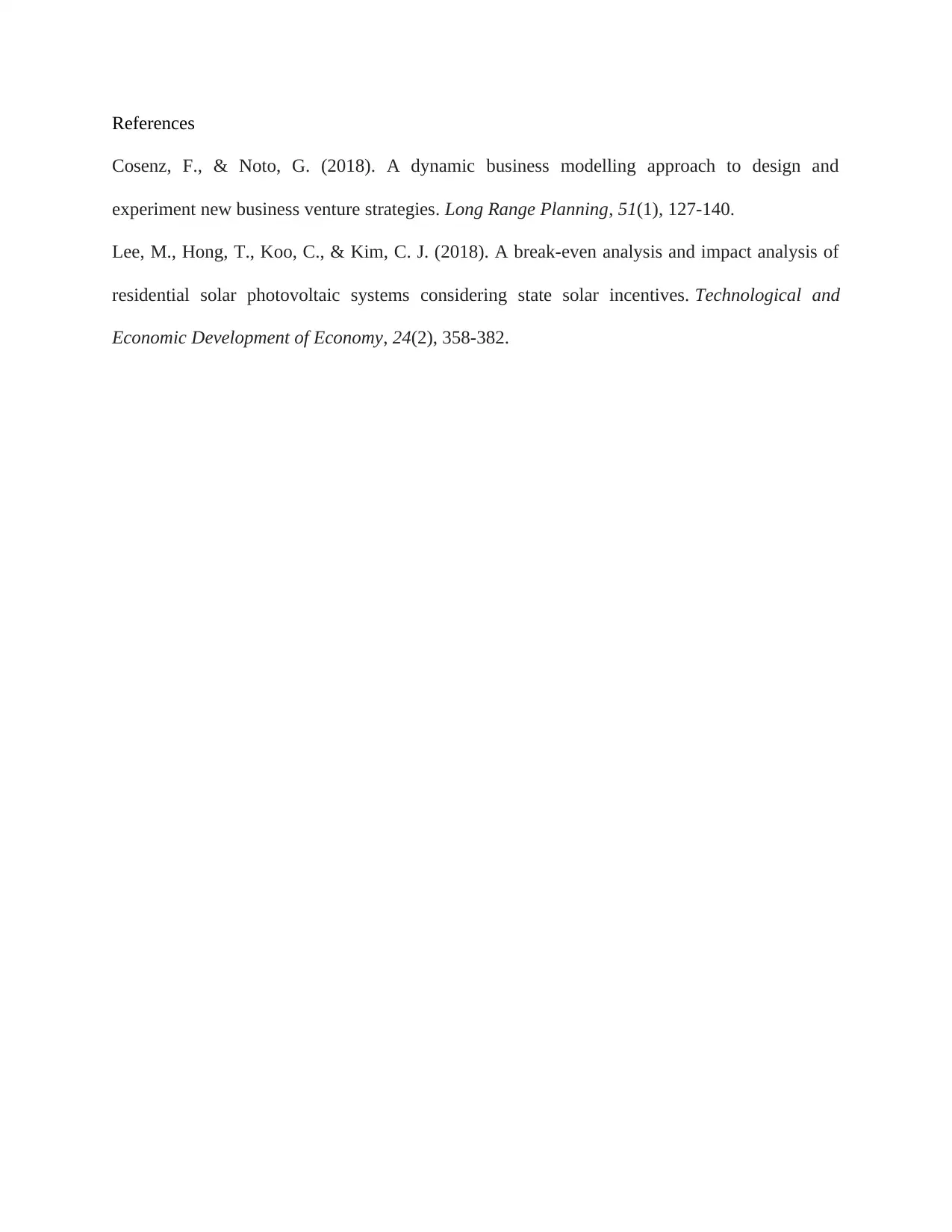Financial Report: Funds Sources, Uses, and Break-Even Analysis Review
VerifiedAdded on 2023/04/22
|2
|420
|267
Report
AI Summary
This report discusses the sources and uses of funds, focusing on venture capital and debt finance as major sources for a business plan. It highlights the importance of financial assumptions, including project cash flows, for developing a one-year plan for a cafe business. The report also explains break-even analysis, differentiating between variable and fixed costs, and how it helps in determining sales value and volume for understanding business profitability. The analysis references dynamic business modeling and the impact of solar incentives on photovoltaic systems. Desklib provides a platform to explore more solved assignments and study resources.
1 out of 2







![[object Object]](/_next/static/media/star-bottom.7253800d.svg)